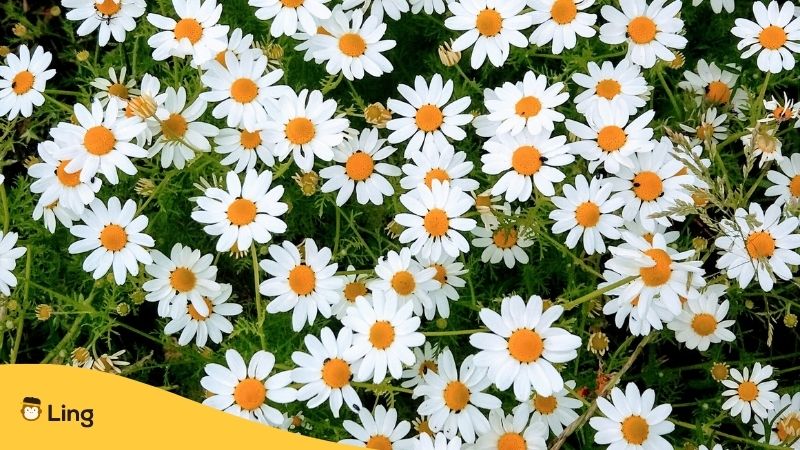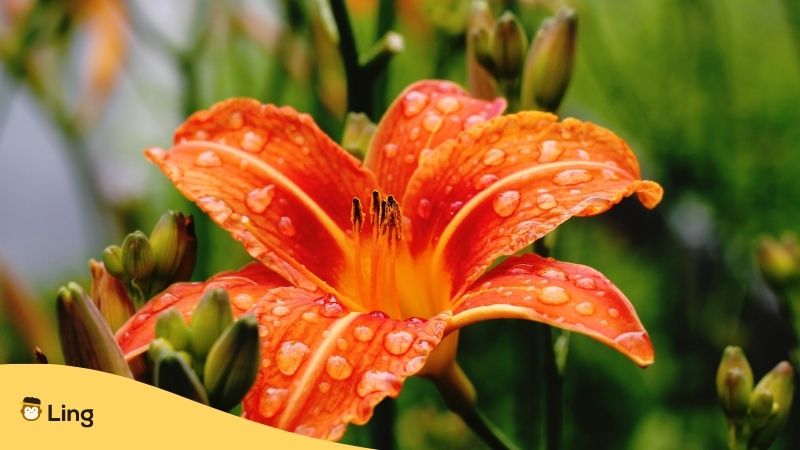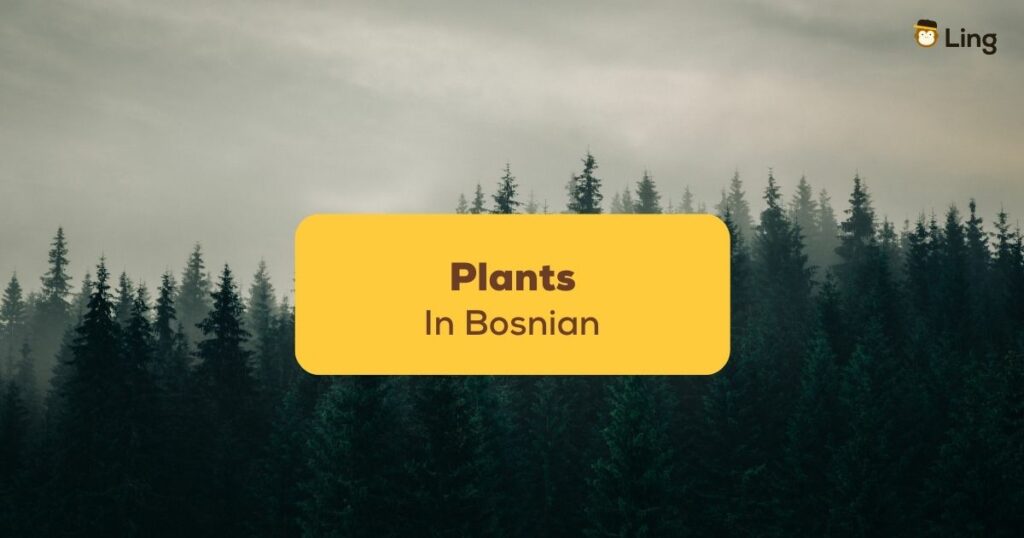Have you ever wondered about the fascinating world of biljke or plants in Bosnia and Herzegovina? From lush green forests to colorful fields of wildflowers, this country is home to a stunning array of plant life. And if you’re interested in learning about the names and uses of these plants in Bosnian, you’re in for a treat! Whether you’re a botanist, a nature lover, or just curious about the flora of the Balkans, this post is perfect for you! Let’s begin!
As I traveled for the first time through Bosnia and Herzegovina, I was blown away by the stunning range of plants and wildflowers that dotted the countryside. From the towering forests of spruce and beech trees to the delicate blooms of the lupine and iris, I remember being so excited to bring out my phone and take lots of Instagrammable pictures of this incredible sight. One time, a kind Bosnian came up to me and said something while pointing to the plants. Unfortunately, I didn’t understand much of what she said! That’s why I made it my goal to learn the basics of the language that same year.
Do you know what I realized? When I started stringing together some words related to plants in Bosnian, the locals warmed up to me on a different level. Want to get that same treatment and experience? In the following sections, let’s review everything you need to know about plants in Bosnia.
Unique Plants In Bosnian
Bosnian Pine
One of the most prominent plants in the regions of Bosnia and Herzegovina is the Bosnian pine (Pinus heldreichii). This pine tree species is native to the Balkans and is often found in rocky, mountainous terrain. It’s an evergreen tree that can reach up to 25 meters in height and has a characteristic twisted trunk and short needles. Bosnian pines are important for the local ecosystem as they provide habitat and food for many animals, including birds and small mammals.
Sweetgum
The sweetgum (Liquidambar orientalis) is a tree that is native to the eastern Mediterranean region but is also found in Bosnia and Herzegovina. The sweetgum is known for its unique, star-shaped leaves that turn red and orange in autumn. It’s also valued for its aromatic resin, which is used in perfumes and incense. The gum from the tree has been used in adhesives and even as chewing gum. Ranked among Bosnia’s medicinal plants, salves made from sweetgum traditionally treat wounds and other ailments.
Balkan Hornbeam
This deciduous tree is known for its unique, craggy bark that almost looks like muscles. The Balkan hornbeam can grow up to 25 meters in height and has a wide range of uses, from providing shade to being used for fuel and timber. Found in northeast Bosnia, these furry catkins hang from its branches throughout the year, often even into the winter months.
As one of Bosnia’s medicinal plants, the tree’s bark can be used to treat sore muscles when boiled in water and added to a bath. Another medicinal plant use comes from the tree’s leaves which can be used to heal wounds and stop bleeding.

Dalmatian Pyrethrum
Moving on to shrubs, the Dalmatian pyrethrum (Tanacetum cinerariifolium) is a small, flowering plant that belongs to the daisy family and is often used for its insecticidal properties. In fact, the plant’s active ingredient, pyrethrum, is commonly used in insecticides and flea powders, making this an important medicinal plant.
The Dalmatian pyrethrum is also an attractive plant, with its bright yellow or white flowers adding a pop of colour to the landscape and a flower to look out for a while on one of the field trips you can book when you visit the country.
Wild Grapevine
The wild grapevine (Vitis vinifera) is another important plant species in Bosnia and Herzegovina. Grape vines can be wild and cultivated plants. The wild grapevine is a climbing vine that produces grapes used to make wine and other food products.
Bosnian Iris
Moving on to wildflowers, the Bosnian iris (Iris bosniaca) is a stunning plant found in the country’s meadows and rocky hillsides. It has striking purple flowers with yellow markings and can grow up to 60 centimetres in height. The Bosnian iris is a protected species, and its habitat is threatened by habitat loss and overgrazing. This plant is also important in local folklore, associated with spring and new beginnings.

Bosnian Lily
This gorgeous plant has bright red flowers with white spots and can grow up to one meter in height. The lily is another protected species threatened by habitat loss and illegal collection. In local folklore, the Bosnian lily is associated with love, passion, and life and was one of the traditionally used plants in traditional human therapy. According to the locals, the lily is said to be a sign of the people of Bosnia, with its bright red stamen used to represent the blood of the people during times of conflict.
Useful Words Related To Plants In Bosnian
| English | Bosnian | Sound |
| Anther | Prašnik | |
| Botany | Botanika | |
| Buds | Pupoljci | |
| Flower | Cvijet | |
| Germinate | Klijati | |
| Petal | Latica | |
| Photosynthesis | Fotosinteza | |
| Plant | Biljka | |
| Pollen | Polen | |
| Root | Root | |
| Seed | Seme | |
| Sepal | Sepal | |
| Stamen | Stamen | |
| Stem | Stablo |
Learn Bosnian With Ling!
Learning a new language can be daunting, especially if you’re not in a position to enroll in a university or a language school. But fear not, because the Ling app has got your back! With the Ling app, you can improve your Bosnian language skills and explore over 60 other languages from the comfort of your own home. That’s right, you don’t need a classroom or a tutor to start learning – all you need is your phone and a thirst for knowledge.
The Ling app offers a range of fun games and quizzes that make learning a language a breeze. Why not give it a go today by downloading it from Google Play or App Store to see what makes it different?




































































